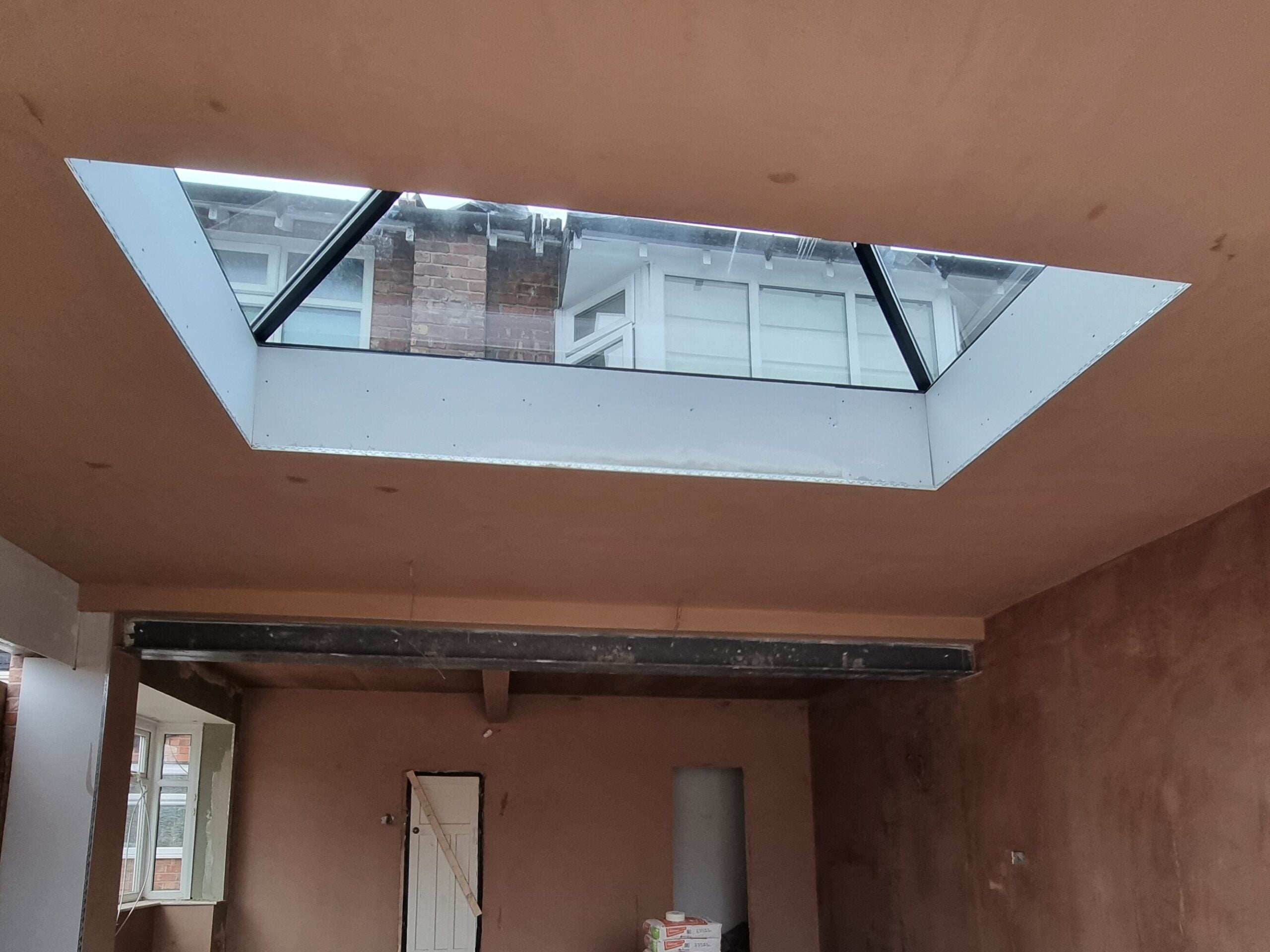Attractive Plastering: Add Unique Touches to Your Home's Interior
Wiki Article
A Comprehensive Overview to Mastering Plastering Skills for Your Restoration Needs

Necessary Devices and Materials
In the realm of plastering, having the right devices and materials is vital to accomplishing a flawless surface. Different necessary devices serve unique purposes, making certain efficiency and accuracy throughout the plastering process. A top quality trowel, for example, is crucial for using and smoothing plaster, while a hawk provides a stable system for holding the material. A joint blade is likewise vital for in-depth work, specifically in corners and edges.In enhancement to tools, selecting the appropriate plastering products is important. Gypsum-based plasters are commonly liked for their versatility and convenience of use, while cement-based alternatives are ideal for outside applications as a result of their sturdiness. Water and bonding agents play substantial functions in attaining correct consistency and adhesion, making certain that the plaster adheres successfully to the surface area.
Moreover, protective gear such as gloves, masks, and safety glasses is vital to secure against dirt and inflammation during the application procedure. By constructing the appropriate combination of tools and materials, plasterers can enhance their ability and create high-grade coatings, eventually elevating the general craftsmanship of their work.
Preparing Surface Areas for Gluing
Attaining a resilient and smooth plaster coating begins with careful prep work of the surfaces to be smudged. This foundational action is vital to ensuring bond and the durability of the plaster. Start by examining the condition of the substrate-- whether it is concrete, drywall, or masonry-- getting rid of any kind of loosened paint, dust, or debris that may hinder bonding.Following, repair any blemishes such as holes or cracks. Utilize an appropriate filler to attain a degree surface area; this can be essential for avoiding future issues. When repaired, make certain the surface is clean and completely dry, as dampness can compromise plaster adherence.
For porous surface areas, it is suggested to apply a bonding agent. This product improves attachment and develops a dependable interface in between the plaster and substrate. If dealing with formerly plastered surface areas, it might be needed to mess up or sand the location gently to give a secret for the brand-new plaster layer.
Gluing Methods and Tips
Understanding plastering strategies needs both skill and practice to attain a perfect surface. One essential technique is the application of the plaster in several thin layers, as opposed to a single thick layer. This method enables far better adhesion and minimizes the danger of splitting. Begin with a base layer, guaranteeing it is evenly spread out and leveled with a hawk and trowel. Use a straightedge to inspect for any kind of imperfections before going on to subsequent layers.When applying the coating layer, utilize a shoveling method that involves holding the trowel at a small angle and operating in a round motion. This aids to create a smooth surface area and decreases the appearance of trowel marks. Additionally, maintain a spray bottle of water useful to mist the surface area gently; this maintains the plaster workable and permits smoother ending up.
Timing is essential; work successfully, as the plaster begins to set. As soon as the plaster has tightened however is still damp, make use of a damp sponge to carefully smooth the surface even more. Finally, permit adequate drying time prior to sanding or painting, guaranteeing your effort results in a specialist, high-grade surface.
Common Mistakes to Stay Clear Of

Another common mistake is using plaster also thickly. Excitable applications can lead to fracturing and long term drying out times. It's important to apply plaster in slim, also layers, allowing each coat to dry adequately prior to including a lot more.
Furthermore, not making use of the right devices can hinder the quality of the finish. Making use of unacceptable trowels or mixers can create inconsistencies in the gluing procedure. Constantly decide for high-quality devices made for plastering tasks.
Finally, many people ignore the importance of timing. Operating in unsuitable temperatures or moisture levels can negatively influence plaster treating and drying. It is advisable to examine weather and adapt your routine accordingly.
Ending Up Touches for a Professional Appearance
The lasts of a gluing job are important for achieving a refined, professional appearance. Once the plaster has actually dried out sufficiently, the following action is to analyze the surface area for flaws. Minor bumps, openings, or irregular locations ought to be resolved making use of great sandpaper or a sanding block. This careful attention to detail is vital for ensuring a smooth surface.After fining sand, it's advisable to clean up the surface area to remove any kind of dirt and debris. A wet cloth is effective for this purpose, adhered to by a thorough drying out period. If why not find out more essential, applying a thin layer of completing plaster can boost the surface additionally, giving a seamless finish.
When the completing plaster is completely dry, another round of sanding might be required to attain the wanted level of smoothness. Ultimately, think about using a guide before paint or wallpapering, which will certainly improve bond and longevity.
Conclusion
Mastering smudging skills significantly enhances the quality of restoration tasks. An extensive understanding of necessary tools, surface area preparation, and reliable methods is critical for attaining specialist outcomes.Water and bonding agents play significant functions in achieving correct consistency and bond, ensuring that the plaster adheres effectively to the surface area. Plastering.


In addition, maintain a pop over to this site spray bottle of water convenient to mist the surface lightly; this maintains the plaster convenient and enables for smoother finishing. (Plastering)
If essential, using a slim layer of ending up plaster can enhance the surface additionally, offering a seamless coating.
Report this wiki page